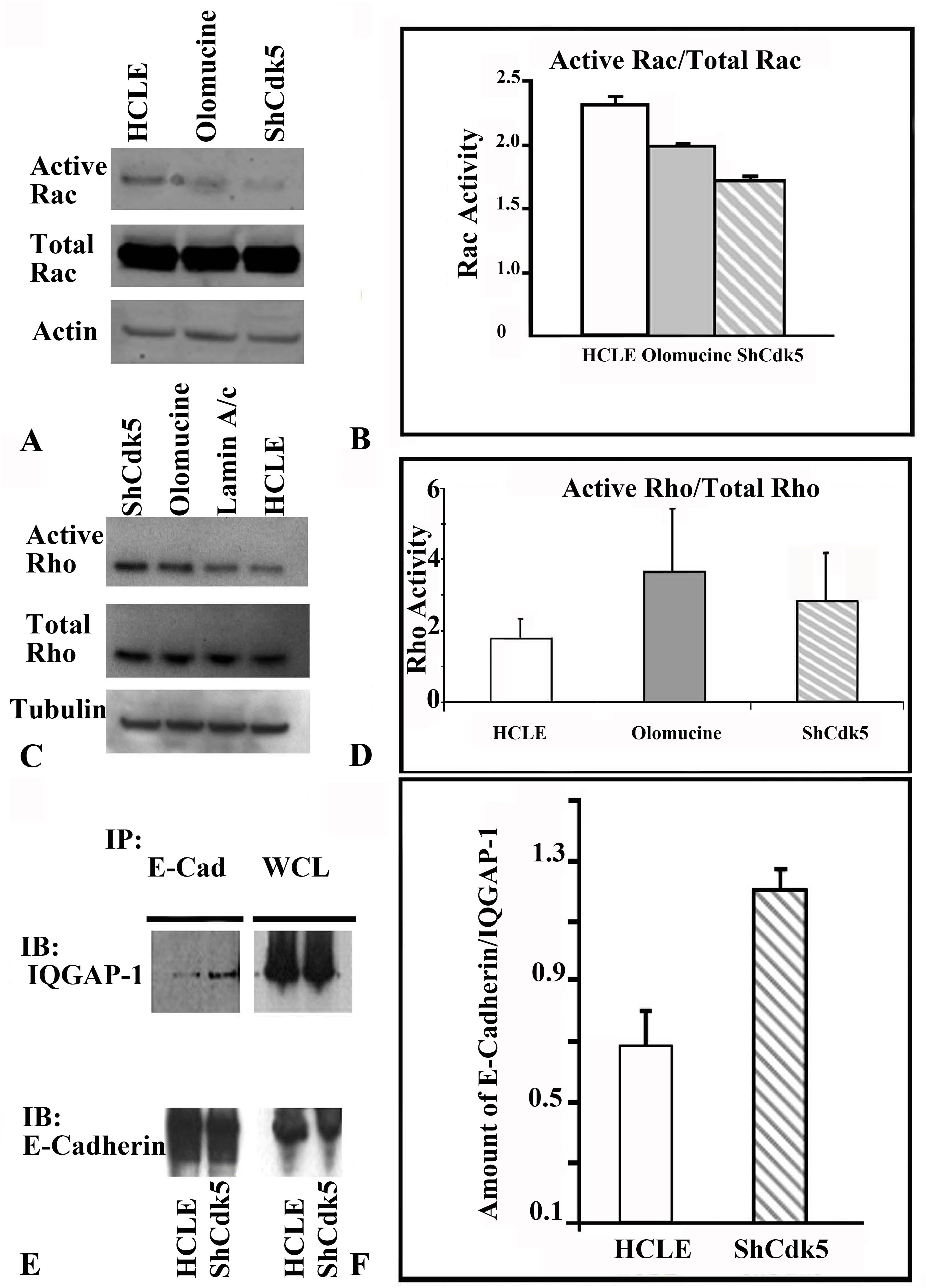Figure 6. Rac activity is required for cell–cell adhesions in the human corneal limbal epithelial cells. The ShCDK5 human corneal limbal
epithelial (HCLE) and olomoucine-treated cultures reduced Rac activity (A) leading to instability of the cell–cell adhesion junctions, while the HCLE cells have significantly higher Rac activity
(B) Rho kinase activity was tested in the in ShCDK5 HCLE cells. C: Representative experiment showing a twofold increase in the Rho activity in confluent cultures of ShCDK5 and in olomoucine-treated
cells when compared to the control Lamin A/C and HCLE. Significant (n=3; p≤0.05) increase in the Rho activity in the absence
of Cdk5 with olomoucine (D) and decrease in Rac activity in the ShCdk5 and olomoucine, suggesting destabilization of cell–cell adhesions in the olomoucine
and ShCDK5 cells, is represented in the graph (B, D). A cytoskeletal Rac modulator, IQGAP1, coimmunes precipitates with E-cadherin (E, F) in the ShCDK5 suggesting the internalization and degradation of E-cadherin. Stable cell–cell adhesions in HCLE cells are
marked by significant reduction in the interaction of IQGAP1 with E-cadherin. (E, F). Note: Rho or Rac activity was measured as individual values normalized with the tubulin/actin and ratio of active Rho or
active Rac against total Rho or total Rac, respectively. IB=immunoblot; IP=immunoprecipitation.

 Figure 6 of
Arpitha, Mol Vis 2013; 19:319-332.
Figure 6 of
Arpitha, Mol Vis 2013; 19:319-332.  Figure 6 of
Arpitha, Mol Vis 2013; 19:319-332.
Figure 6 of
Arpitha, Mol Vis 2013; 19:319-332. 